
15 minute read
Special Driving and Emergency Situations
Emergency Information
Mechanical Difficulties
If mechanical d1fficulttes force you to stop operation of your vehicle, follow these guidelines. • Avoid stopping on the roadway if possible. • If you pull off the roadway, avoid parking over dry grass. brush, or other combustible materials, since a hot exhaust system could ignite such materials. • Use the Four-way Hazard Warning Flasher to warn other drivers anytime your vehicle becomes a traffic hazard. day or night. • Raise the hood of your vehicle and/or tie a whtte handkerchief to the radio antenna as a signal for help. • Only if you know of, or can see, a service or aid station near your location, proceed there for assistance. If you do not know of any service or aid station near you. stay with your vehicle until help arrives. WARNING: If walking on or near a roadway, be extremely careful of motor traffic. Tire Changing
Please refer to Tires and Wheels section for tire changing instructions. First Aid
m 3 CD "' ,:, -. CD c.c C, CD -· The American Academy of Family Physicians suggests that ::, D) c, every driver should be aware of a few first aid measures which might save the life of an auto accident v1ct1m. Here are some gu,dehnes to follow in case of an accident • Stay calm • Do not attempt to move victim unleu there Is danger of � '< C U, ::!, ::. < C -· a, :::S - C.C �m Send for experienced police or ambulance help. Keep :::S :::S the v1ctim warm with clothing or blankets .Do not attempt Cit 0. to . . remove the victim from the car and do not transport the iniured . until expert help arrives. . • Make sure the victim is breathing without difficulty. eJCheck the v1ct1m 1mmed1ately to be sure his mouth ,s clear of foreign material and that the tongue ,s not blocking atr from entering the lungs. Using a clean cloth or handkerchief to wipe out the mouth, grasp the tongue and pull ,t forward. maintaining this pos,tton until the v1ct1m can breathe easily on his own If spontaneous breathing does not occur. artif1cal resptrat1on, using mouth-to-mouth technique. should be used. 65
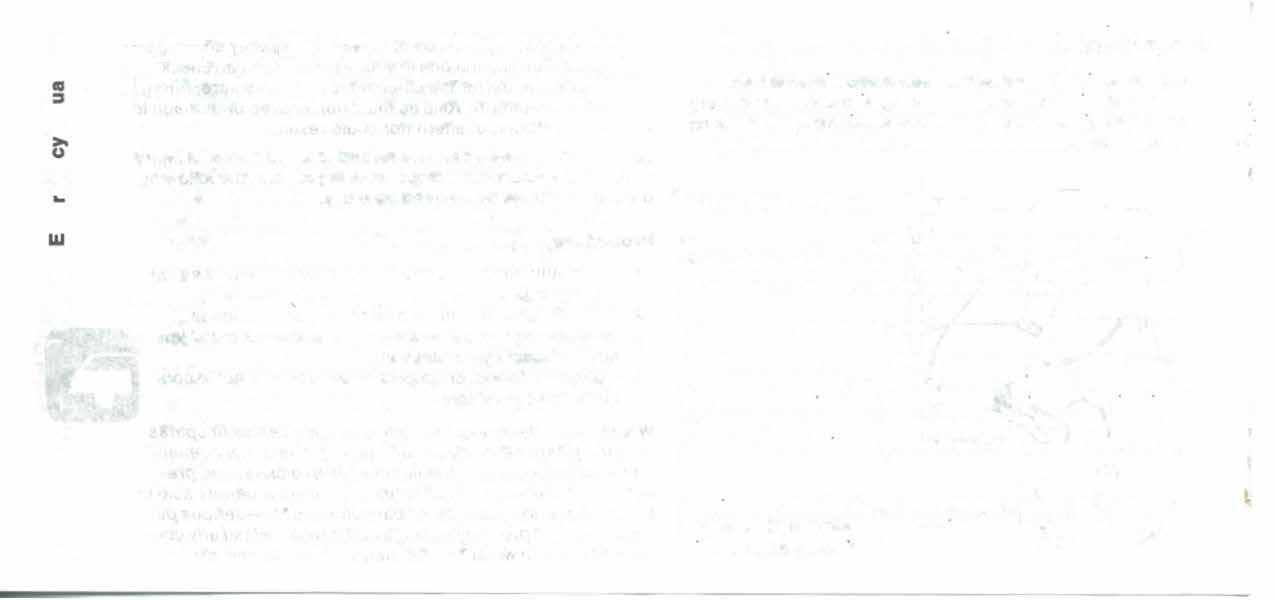
careful when using metal tools and equipment near the battery-contact between the positive terminal (or metal in contact with it) and any other metal on the vehicle could cause an injurious or damaging short circuit. Always keep batteries and battery acid out of the reach of children. 5. Remove vent caps from discharged battery: (a) Check fluid level. If low, fluid must be brought to proper level before jump starting is attempted. (b) Check fluid condition. If slushy or frozen, do not attempt jump starting-battery could rupture or explode. Battery must be brought up to 40° F (4.4°C) before it can be safely jump started or charged. 6. Cover discharged battery vent wells with a dampened cloth. 7. Connect a jumper cable between the positive posts of the two batteries. The positive post may be identified by a "+" sign on the post and the letters "POS" embossed on the battery cover in 1 /4-inch letters adjacent to the battery post. 8. Connect one end of the other Jumper cable to the negative terminal of the battery in the other vehicle. The negative terminal has "NEG" embossed adjacent to the terminal. Do not connect the other end of the jumper cable to the negative terminal of the discharged battery. Connect to a bolt or nut on the engine. Do not connect the jumper to the carburetor, air cleaner or fuel line. Keep the cables clear of belts and pulleys. 9. Start the engine in the vehicle providing the Jump start. Let it run a few minutes, then start your engine. 10. Remove end of Jumper cable from your engine first and then other end of the same cable. Remove the other cable.
Emergency Towing
If your vehicle is disabled and is to be towed with the front or rear wheels off the ground, towing speed should be limited to 30 mph for a distance no greater than 15 miles.
Manual Transmission
Ignition Key Available: Shift transmission and transfer case into neutral. Vehicle can now be towed with all four wheels on the ground or with front or rear wheels raised. If vehicle 1s equipped with selective drive hubs, set them in the LOCK position. Turn ignition key to off position to unlock steering wheel.
Ignition Key Not Available and Vehicle is Unlocked: Shift transmission and transfer case into neutral and tow vehicle with front wheels raised.
Ignition Key Not Available and Vehicle Is Locked: Place dolly under rear wheels and tow vehicle with front end raised. Or. disconnect rear propeller shaft at rear axle yoke (be sure to index mark prop shaft and yoke for proper alignment at assembly), secure shaft to underside of vehicle, and tow with front end raised.
Ignition Key Available: Turn ignition key to off position to unlock steering column and gearshift selector linkage. Place transmission gearshift lever in N (Neutral). If vehicle Is to be towed with all four wheels on the ground, disconnect both propeller shafts from axle yokes (be sure to index mark prop shafts and yokes for proper alignment at assembly), secure shafts to underside of vehicle, and proceed with towing. If vehicle is to be towed with front end raised, disconnect rear propeller shaft only (index mark for proper assembly later) and secure shaft to underside of vehicle.
Ignition Key Not Available: Place dolly under rear wheels and tow vehicle with front end raised. Or, disconnect rear propeller shaft at rear axle yoke (index mark for correct assembly later), secure shaft to underside of vehicle, and tow with front wheels raised.
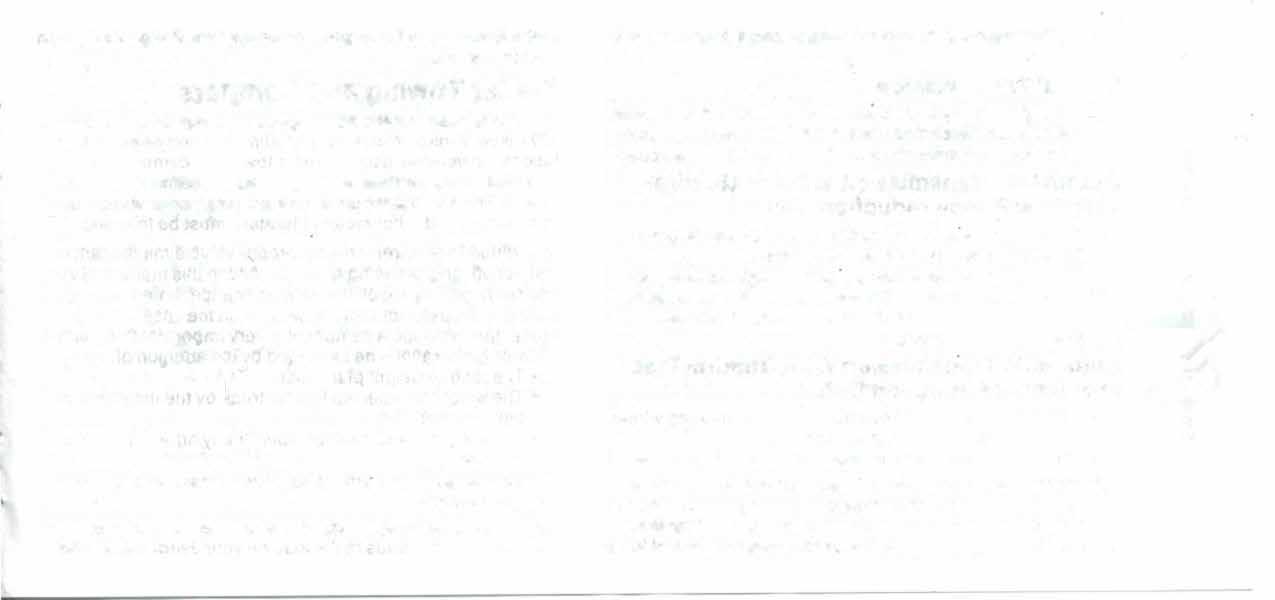
Ignition Key Available: Vehicle can be towed with all four wheels on the ground without disconnecting propeller shafts. Turn ignition key to off position to unlock steering wheet. Place transmission gearshift lever in P (Park) and shift low range reduction unit gearshift lever to N (Neutral) position. If Emergency Drive control (in glove box) was in EMERGENCY DRIVE when the engine was shut down, restart engine and turn the control knob to the NORMAL position. If the engine will not restart, tow the vehicle using a dolly under rear wheels and with the front wheels raised. Never tow the vehicle with the Emergency Drive control activated or reduction unit in low range. el Ignition Key Not Available: Place dolly under rear wheels and tow vehicle with front wheels raised. Or, disconnect rear propeller shaft at rear axle (index mark for proper assembly), secure shaft to underside of vehicle, and tow with front wheels raised. Recreational Towing
Your Jeep vehicle can be towed behind a recreational vehicle such as a motor home, but be sure you comply with the following instructions to avoid damage to drivetrain components. And ... be sure to check federal, state, and local 69
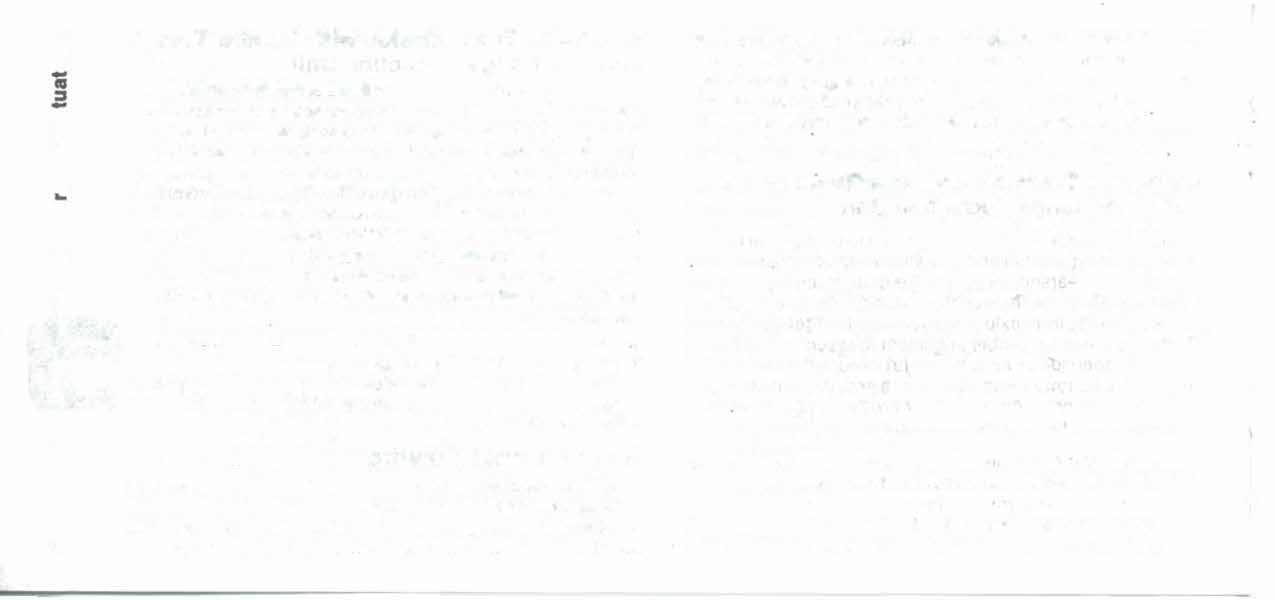
requirements regarding vehicle lighting and trailering hitches or tow bars. Manual Transmlulon
• Turn ignition key to off position to unlock steering wheel. • Shift transmission and transfer case into Neutral position. • Turn selective drive hubs to LOCK position (if equipped). Automatic Transmlulon Without QuadraTrac Low Range reduction Unit
• Turn ignition key to off position to unlock steering wheel. • Shift transmission into Neutral position. • Disconnect front and rear propeller shafts at axle (index mark prop shafts and yokes for proper alignment at assembly) and secure shafts to underside of vehicle or remove shafts completely. Automatic Transmission With Quadra-Trac Low Range Reduction Unit
• Turn ignition key to off position to unlock steering wheel. • Shift automatic transmission into Park. • Shift Low Range Reduction Unit into Neutral position. CAUTION: If the Emergency Drive control knob (in the vehicle glove box) was in the Emergency Drive position when the engine was shut down, restart the engine and turn the knob to the Normal position. Never tow with the control knob In the Emergency Drive poaltlon or the Low Range Reduction Unit In low range. Trailer Towing and Campers
In order to maintain the coverage of the Jeep Corporation 1977 New Vehicle Warranty, rncluding its conditions and limitations, on vehicles used in trailer towing or camper applications (includrng the mounting of slide-In campers on Jeep Pickup Trucks), the requirements and recommendations in this manual and other factory literature must be followed. In addition to requirements for proper vehicle maintenance, inspection, and servicing as prescribed in this manual, GVW and GAW ratings are of special significance. When your vehicle is to be used for trailer towing or, in the case of a Jeep Truck, for mounting a camper, it is very important that neither GVW or GAW ratings be exceeded by the addition of: • The tongue weight of a trailer. • The weight transferred to your truck by the mounting of a fifth-wheel trailer. • The weight of a slide-in camper or any other type of truck camper. • The weight of any other type of vehicle put in or on your
Jeep vehicle. Remember that everything put in or on the trailer or the mounted camper adds to the load on your Jeep vehicle. Refer
to the Jeep Vehicle Weight Capacities chart in the General Information section. WARNING: Jeep Corporation will not be responsible for brake performance if the Jeep vehicle and trailer hydraulic brake systems are in any way connected. A separate brake system for all trailers weighing over 1,000 pounds gross is recommended (as many states require). For truck slide-in camper loading information on your particular 1977 Jeep Truck, refer to the Consumer Information booklet in the glove box of your vehicle. For more information about trailer towing or camper recommendations and requirements, consult your Jeep Dealer. Heavy-Duty Driving
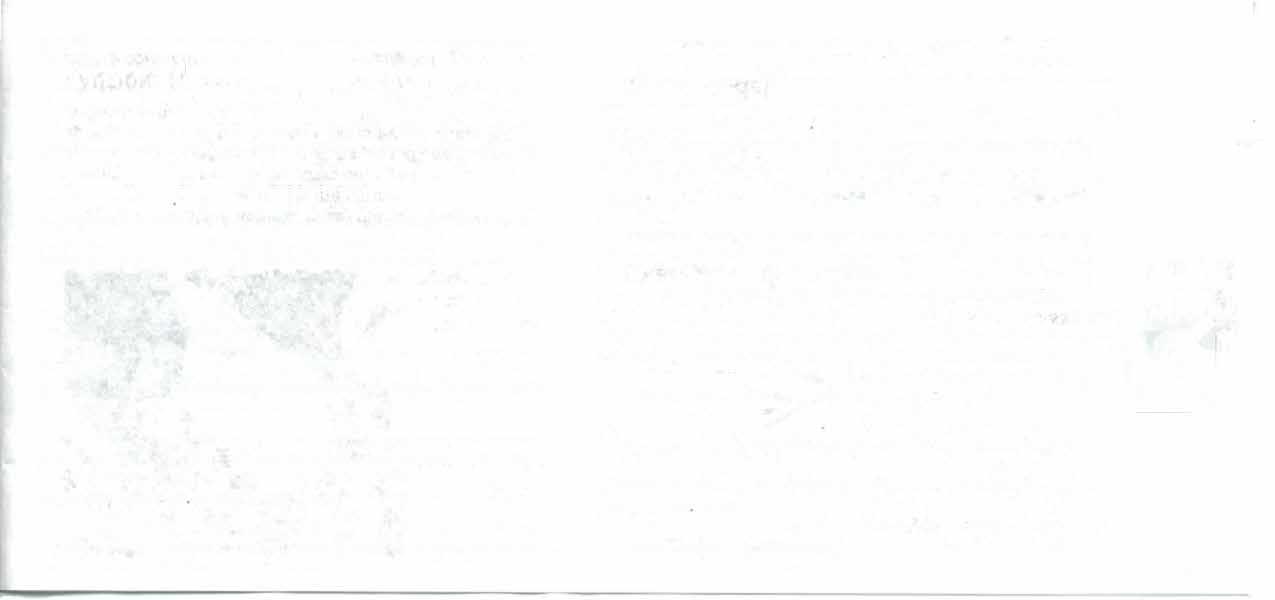
Heavy-duty usage refers primarily to off-road, farming, police, government and commercial load-carrying applications, as well as the towing of trailers weighing over 2,000 pounds loaded. WARNING: In all types of load-carrying applications and trailer towing, avoid overloading and severe-condition operation which might cause brake, engine, axle, steering, suspension, frame, t,re, or other failure. Special driving conditions-cold weather, short trips, highspeed trips, driving in heavy dust-also call tor more frequent air cleaner service, oil and filter changes, plus other heavyduty (HD) services as outlined in the Mechanical Maintenance Schedule Chart. WARNING: After operating the vehicle in deep mud, sand, or water, or similar contammating conditions; brake drums, brake linings, and front axle U-joints and yokes should be cleaned thoroughly to avoid excessive wear and/or unnecessary part failure caused by contamination with foreign material. Following off-road or heavy-duty usage perform a vehicle underbody inspection. Check frame members, steering, suspension and exhaust system for damage. Check threaded fasteners for looseness, particularly on running gear, steering and suspension. Retighten If required, to torque values specitied In the Technical Service Manual. Also check for accumulations of vegetation or brush that could constitute a fire e1 hazard, or conceal leakage or damage to fuel lines, brake hoses, axle pinion seals, or propeller shafts. If your Jeep vehicle is equipped with a transmission skid plate and/or fuel tank skid plate, foreign material accumulated between the skid plate and the transmission or fuel tank should be removed or flushed out periodically; or daily after operation in grain fields-since a build-up of such materials could result in spontaneous combustion, fire damage, and possible injury to occupants. 71

Model 20 4-Wheel Drive Transfer Case
When To Ute 4-Wheel Drive
Four-wheel drive should be used to provide additional traction and lower gearing for use on difficult terrain, and to provide low-speed pulling power for industrial and agricultural use. The 4-wheel drive transfer case should be engaged only when greater traction and power are required than that provided by the standard transmission low gear. Use 1t off the road. Use it to pull agricultural implements. Use it on the road in snow, mud, sand, on ice, etc. Use it on the road to get heavy loads rolling, or whenever normal 2-wheel drive traction will not do the job. However, do not use it more than is necessary (in terms of distance) on dry, hard-surfaced roads.
When Not To Uae 4-Wheel Drive
The 4-wheel drive transfer case should not be used for normal driving on hard-surfaced roads. Prolonged use of 4wheel drive on hard-surfaced roads may occasionally cause temporary difficulty in shifting out of 4-wheel drive. This is due to a build-up ottorsional stress in the drive train and is caused by the normal variations in tire diameters under different load conditions. To relieve this build-up, simply drive the vehicle in reverse for several feet or drive off the hard surface momentarily to allow tire slippage. Driving Technique, In 4-Wheel Drive (Quadra-Trac and Model 20 Transfer Caae)
Snow, Mud, and Sand When going through snow, mud, and sand without a load, shift the transfer case into 4-wheel drive high range, and the manual transmission into first gear or automatic transmission into drive D. Four-wheel drive low range Is not necessary in such conditions unless a load is being pulled by the vehicle or unless it is desired to proceed more slowly due to changing road conditions. Don't shift into any lower gear than is necessary to maintain headway. Try to maintain a constant engine speed. Over-revving the engine will cause the wheels to start spinning and traction will be lost. Tire pressures may be reduced to about 10 psi if additional flotation Is required. To rock a vehicle equipped with automatic transmission free from snow, mud, or sand, repeatedly move the selector lever
between D and A maintaining a very slight amount of pressure on the accelerator pedal. Do not race the engine Avoid spinning the wheels. As a general practice, never shift gears so as to change the direction of movement while the vehicle 1s m motion.
WARNING: After operating the vehicle in deep mud, sand, or water, or similar contaminating conditions; brake drums, brake linings, and front axle U-joints and yokes should be cleaned thoroughly to avoid excessive wear and/or unnecessary part failure caused by contamination with foreign materials.
Hill Climbing When climbing a steep hill, shift the transfer case into 4-wheel
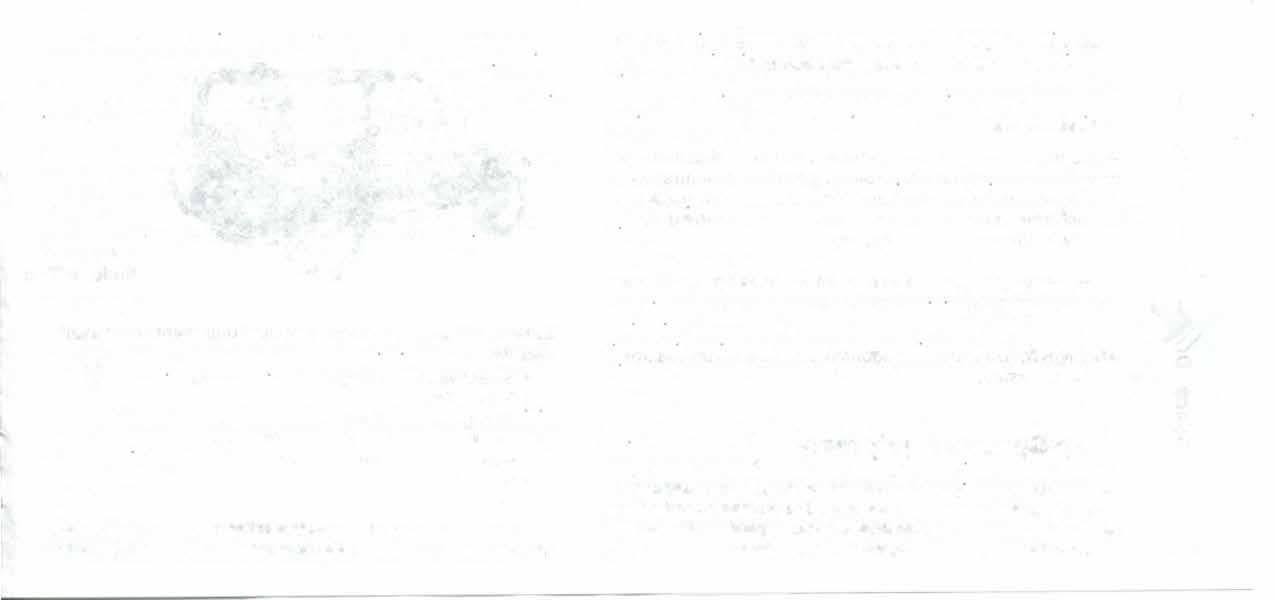
drive low range, and the manual transm1ss1on into 2nd gear
or the automatic transmission into low 1.
Drop down to first gear (manual transmission) only when 1t 1s apparent that the steepness of the ascent requires the lowest gear to maintain headway.
If You Stall If the vehicle stalls or loses headway climbing a steep hill,
make a fHt thlft to reverM gHr, and quickly reteaM clutch pedal. Engme compression should then hold the vehicle on the hill. Shifting mto reverse allows you to start the engine without depressing the clutch (the vehicle will move backward
as the starter 1s engaged). When the engme starts. back the vehicle down the hill, controllmg your backward speed with the accelerator.
WARNING: Do not attempt to back down a hill with the clutch released and only the brakes holding the vehicle. Always back straight down a hill (if possible), never diagonally across the hill.
Getting "Over the Hump" "Walk" the vehicle up the last few feet if the wheels start to
slip with only a few feet of ascent remaining; headway may be mamtamed by swinging the front wheels sharply left and right. This action will provide fresh "bite" into the surface eJ and will usually result in enough traction to complete the climb. Down Hill A 4-wheel drive vehicle can proceed in safety down a grade which could not be negotiated safely by a conventional 2wheel drive vehicle. Shift the transfer case into 4-wheel drive
low range, and 1st gear (manual transmission) or "1" (automatic transmission). Let the vehicle go slowly down the hill with all four wheels turning against engine compression. This
will permit you to control vehicle speed and direction. 73
3. Hook chain on 11ft arm with sufficient slack to permit the plow to follow ground contour. 4. Wipe "quick-connect" couplers free of dirt. Pull sleeve back on each coupler half and insert ,ts mating male half on each angling cylinder. Release the sleeve to lock the halves together. Operating Instructions SAFETY PRECAUTIONS should always be used when Electronic Power Pack is in operation and when plow is in a raised position. AJways lower plow to ground when vehicle is parked. Overhaul and Service Information is covered in the 1977 Jeep Special Equipment Technical Service Manual Raise. To raise plow, hold yellow LIFT toggle in UP position until the plow has reached the desired height. When released, the toggle will self-return to HOLD position. Lower. To lower or put plow down in the FLOAT position, push yellow LIFT toggle DOWN where it will stay until manually returned to HOLD or RAISE position. Angle. To angle plow left or right, move black ANGLE toggle until plow has reached desired angle. Toggle w,11 self-return to HOLD position.
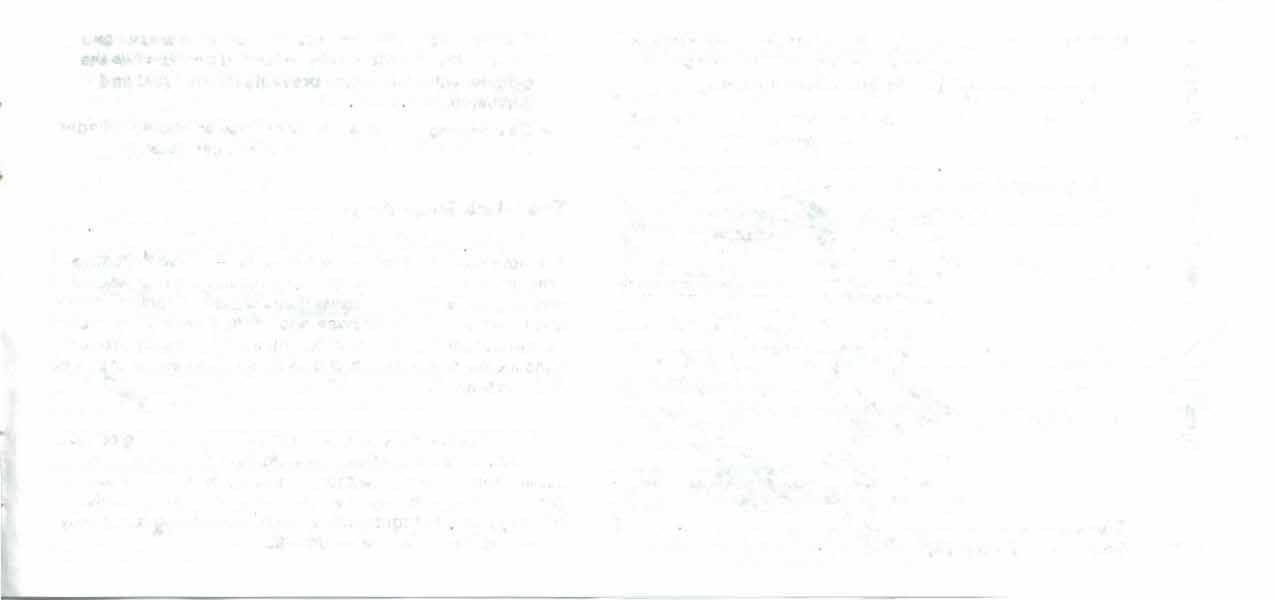
NOTE: While plowing, leave toggle In FLOAT position to enable the plow to follow ground contour. NOTE: Retorque all mounting bolt connections after first plow use. General Maintenance Cleanliness should be stressed at the t,me of lnstallatlon, servicing, and repairing. Maximum performance and efficiency require that the vehicle's Electronic System be properly maintained. NOTE: Plow pivot pins should be greased before and after winter season to insure plow tripping. Check Periodically • Battery Terminals-must be clean and the battery in first class condition. • Electrical Connections-must be tight. • Alternator and Regulator-must be functioning to factory specifications.
Post Season Maintenance After snow plowing season, do the following: • Dram and replace the electronic power pack fluid. Use
Meyer Hydraulic Fluid M-L 2015134. 77


